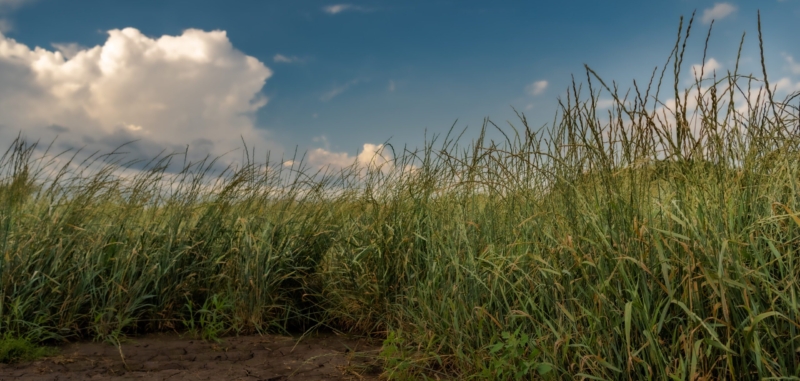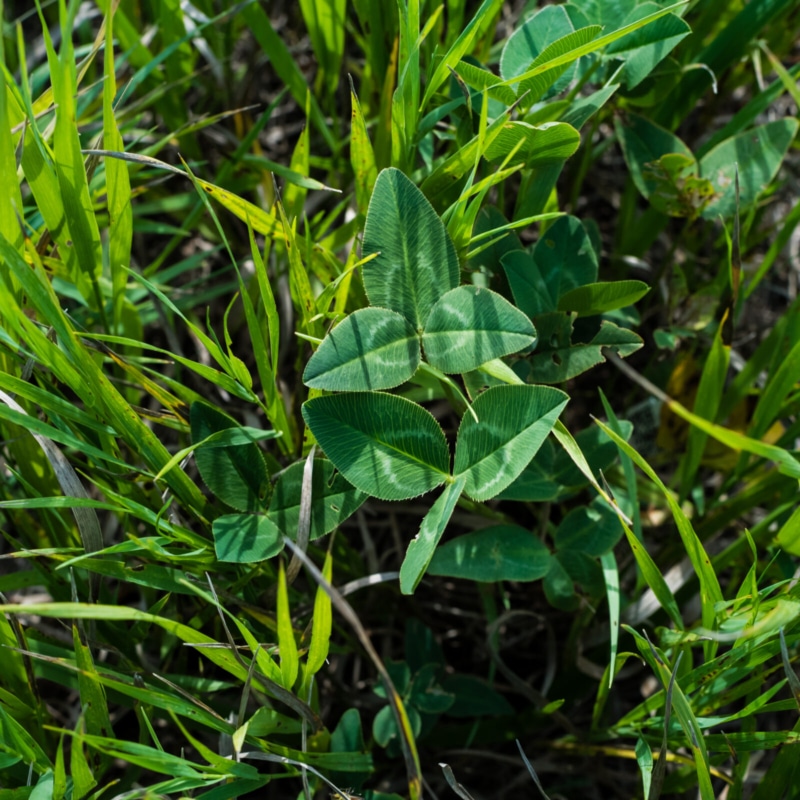Perennial sorghum cropping offers substantial economic and ecological benefits, conserving fuel, water, and soil. To be perennial in temperate climates, a sorghum plant must over-winter and produce new growth the following spring—a trait derived from the weedy species Sorghum halepense. We have introduced perenniality from S. halepense into a S. bicolor background and identified QTL affecting eight seed yield-related traits and their linkage relationships. Interval mapping in this BC1F2 population derived from S. bicolor × S. halepense revealed a total of 80 QTL with LOD scores greater than 2.5 for the eight traits, with a range of 1 to 13 QTL per trait. Additional QTL were detected in multiple-QTL analyses. The traits mapped in this study showed diverse genetic complexity; the pattern of one major plus several minor QTL was observed for most traits, and traits varied in the number of QTL and direction of allelic effects. For four traits evaluated across locations, some QTL detected in one of the two locations had virtually no effect in the other, suggesting an environmental influence on QTL expression. The results contribute to fundamental knowledge of the genetic architecture underlying seed yield and may support development of high yielding perennial grain sorghum varieties.














